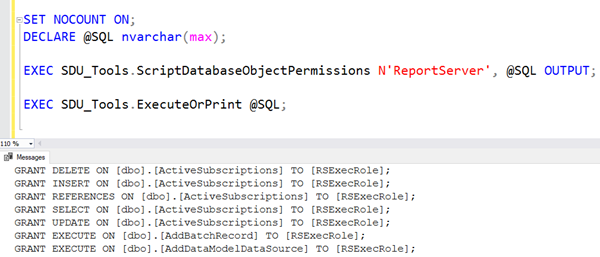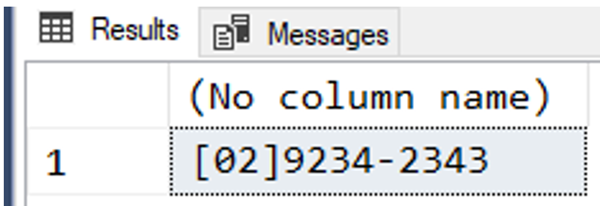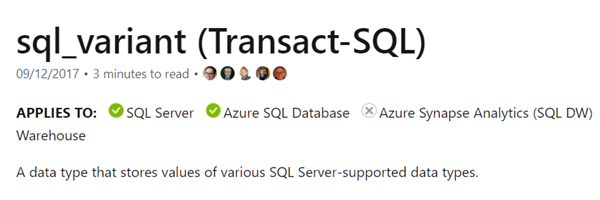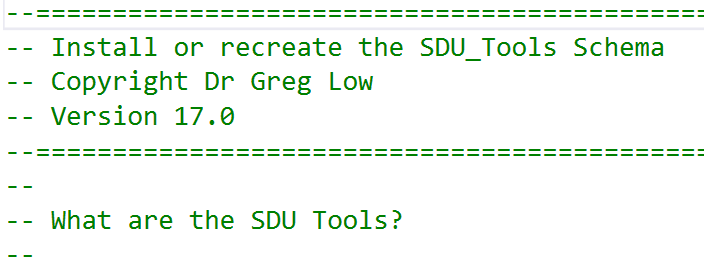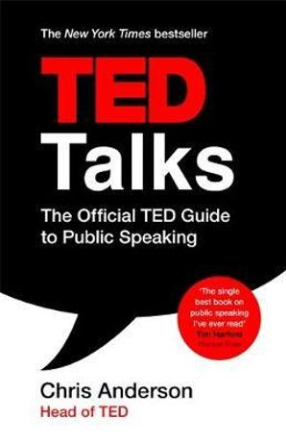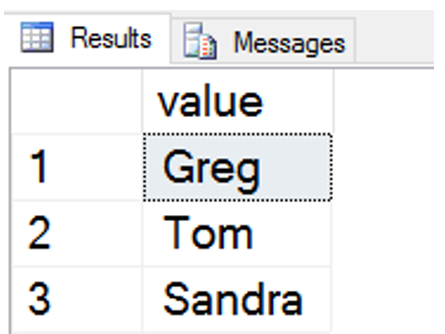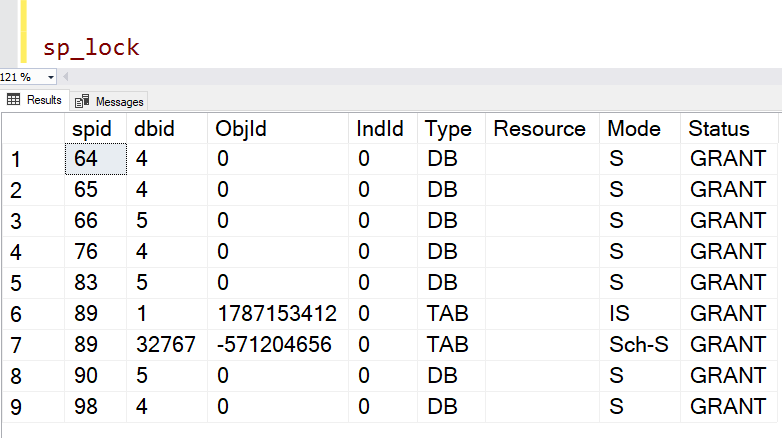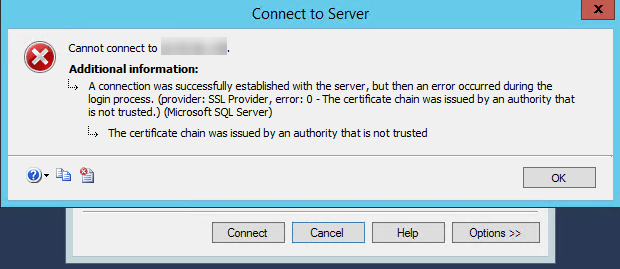
SQL: (SQL Server) The certificate chain was issued by an authority that is not trusted
Are you trying to connect to a SQL Server instance and ending up with the error:
The certificate chain was issued by an authority that is not trusted
You aren’t alone.
SQL Server 2005 introduced authentication encryption (by default) in the SQL Native Access Client (SNAC). SQL Server will self-generate a certificate that’s then used unless you replace it with your own certificate.
If you do use your own SSL (Secure Sockets Layer) certificate for SQL Server, unless it’s a publicly trusted certificate, your client system will need to trust that certificate. Generally that means that you’ll need to list your own certificate authority (CA) as a trusted publisher on each of your client systems. Then that would work well.
2020-01-16

